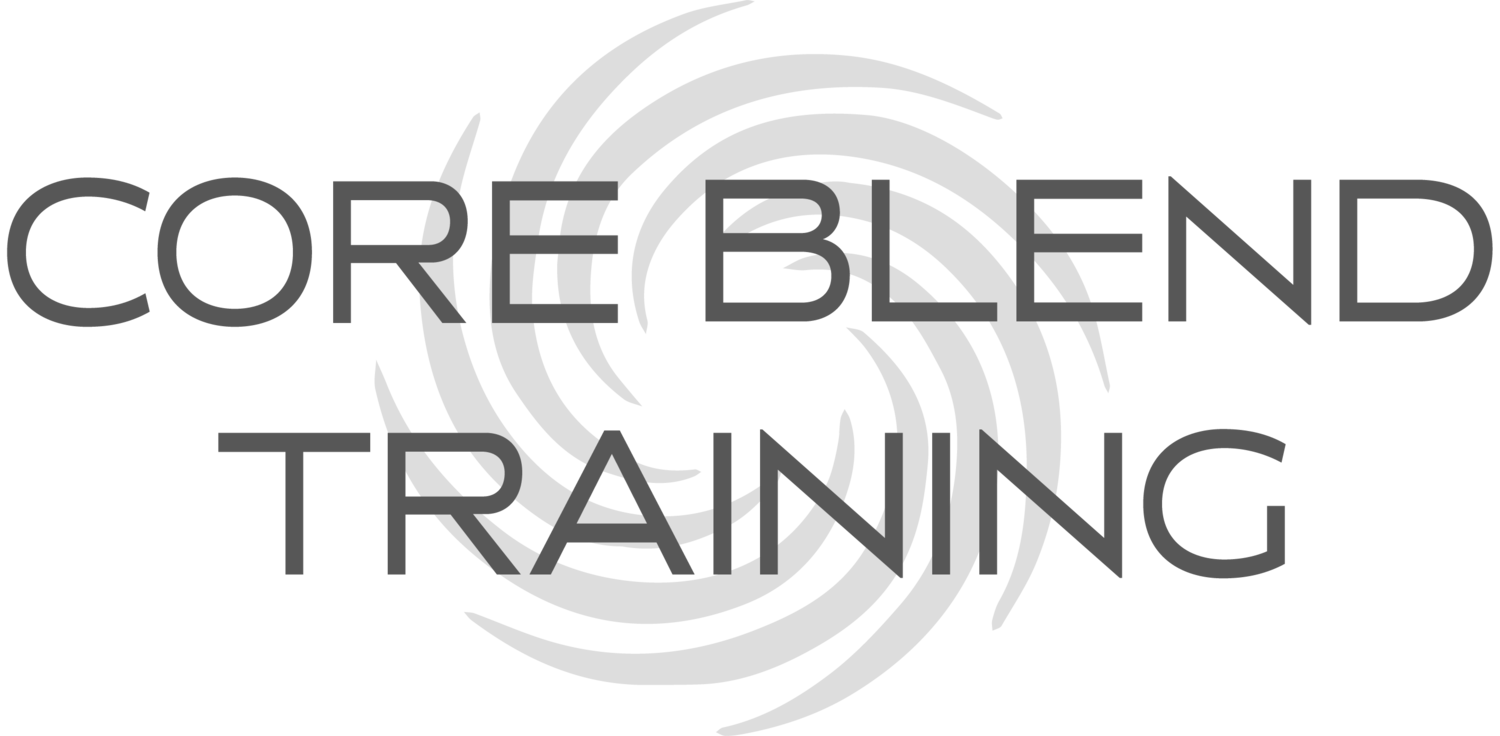Trap Bar or not Trap Bar? That is the question, answered in this blog post.
Last month we bought a bunch of trap bars. We had a few in the class area, but we really overhauled things. We now have 6 trap bars in the class area and 3 more in the one on one side of the gym. Since that time I've gotten a lot of questions about which is the "right" one to do. So here's a FAQ on the whole thing.
Is one right and the other wrong?
No. Not at all. In the sport of powerlifting, which approximately zero of our group class members participate in and approximately 4 members in the gym participate in, you use a straight bar. Outside of that, there is no reason to dogmatically preach that one is better than the other.
Shown here: A Straight Bar.
Corey, haven't you talked about a trap bar DL being an inferior deadlift and a stepping stone to the straight bar?
....yes. But I'm growing. That was a dumb opinion and I was wrong and I take it back. Although I never felt it was inferior, I did have a mindset that people would use it as a progression towards the straight bar deadlift, rather than letting people use the Trap Bar full time.
Wow Corey, I'm impressed that you were able to admit that you were wrong. I'm proud of your growth and I'm proud to know you. Can you tell me some of the reasons behind this shift?
Thank you for recognizing that. I have a few reasons for this shift. It was actually prompted by working with one of my one on one clients. He has had a back surgery and now deadlifts using the Wagon Wheels. Essentially, he deadlifts with a straight bar from a slightly higher position. He's pretty tall, so it's probably about the same range of motion as others use from the floor. Another trainer asked if I was going to "progress" him to pulling off the floor and that really made me think. The height of a plate is a pretty arbitrary standard to use. I can tell you with certainty that they weren't chosen to be that size because it was the optimal height for all human beings to deadlift from. So why would I force my client to pull from that height? Once I started tugging on that string, I felt like a lot of things could be shifted, leading me to my biggest revelation.
Hey Corey, when you train professional athletes, do you typically have them deadlift using a straight bar? If not, why not?
This is the question that really got me. Prompted by my thoughts about my one on one client I asked myself this question. I typically have a professional or college athlete use a trap bar. The trap bar starts in a higher position, emphasizes the quads more than the low back and hamstrings and is easier to teach. For those reasons, I typically select it over a straight bar. Professional athletes can't afford to be hurt and it's my job to maximize their sport readiness. They aren't going to do a powerlifting meet, so the "how" of how they develop strength doesn't matter as much as knowing that we are developing it.
Well, I don't want to get hurt either.
Yup. So if you'd rather use the trap bar, I completely get it and support it. If the main reason I make some of those modifications with professionals is to prevent injury, I should do it with EVERYONE.
I like the straight bar and want to use it.
That's also fine. I have never had a catastrophic back injury and I've done a ton of straight bar deadlifts. I've had little minor tweaks but nothing that ever kept me out of the gym. I've worked hard enough to pull a triple bodyweight deadlift using a straight bar. I think they're great. Morgan has done both trap bar stuff and straight bar stuff and just doesn't like the trap bar as much. That's also fine.
So what are the actual differences?
They both involve starting on the floor, so they're both "dead" lifts. The trap bar has higher handles, so the range of motion is a little bit shorter. Because you're standing inside the weight, your center of gravity and the center of gravity of the bar line up more directly, so less technique has to be used to draw the weight in close to you. The trap bar will put more of an emphasis on the quads and less on the low back and hamstrings. The straight bar deadlift will put more emphasis on the low back and hamstrings. This isn't a big concern, it just affects the type of accessory work one needs to do. Someone doing a lot of straight bar work will need more quad focused accessory work. Someone doing a lot of trap bar work will need more posterior chain focused accessory work. Don't worry, your trainers know how to work around that.
I have more questions.
Send me an email at corey@coreblendtraining.com or ask me in person. This blog post is already long enough that only a couple of nerds have read this far.

